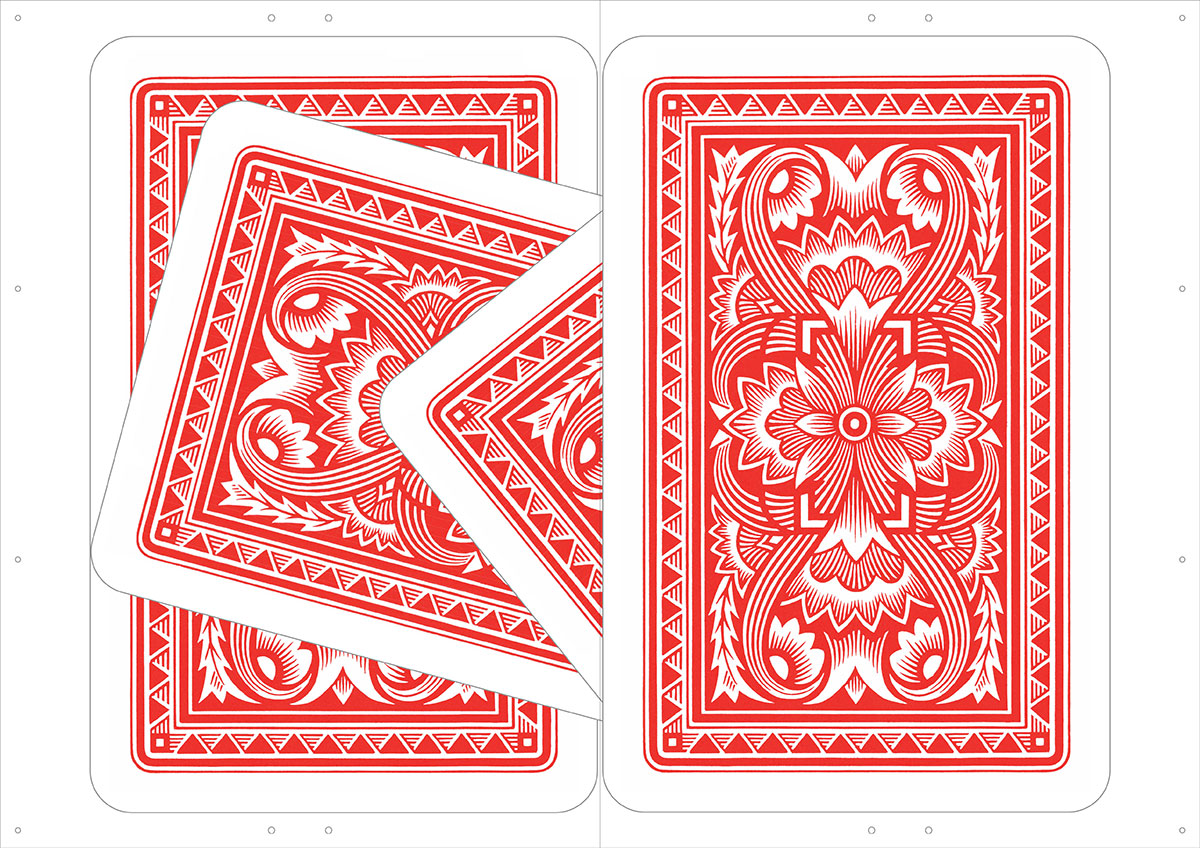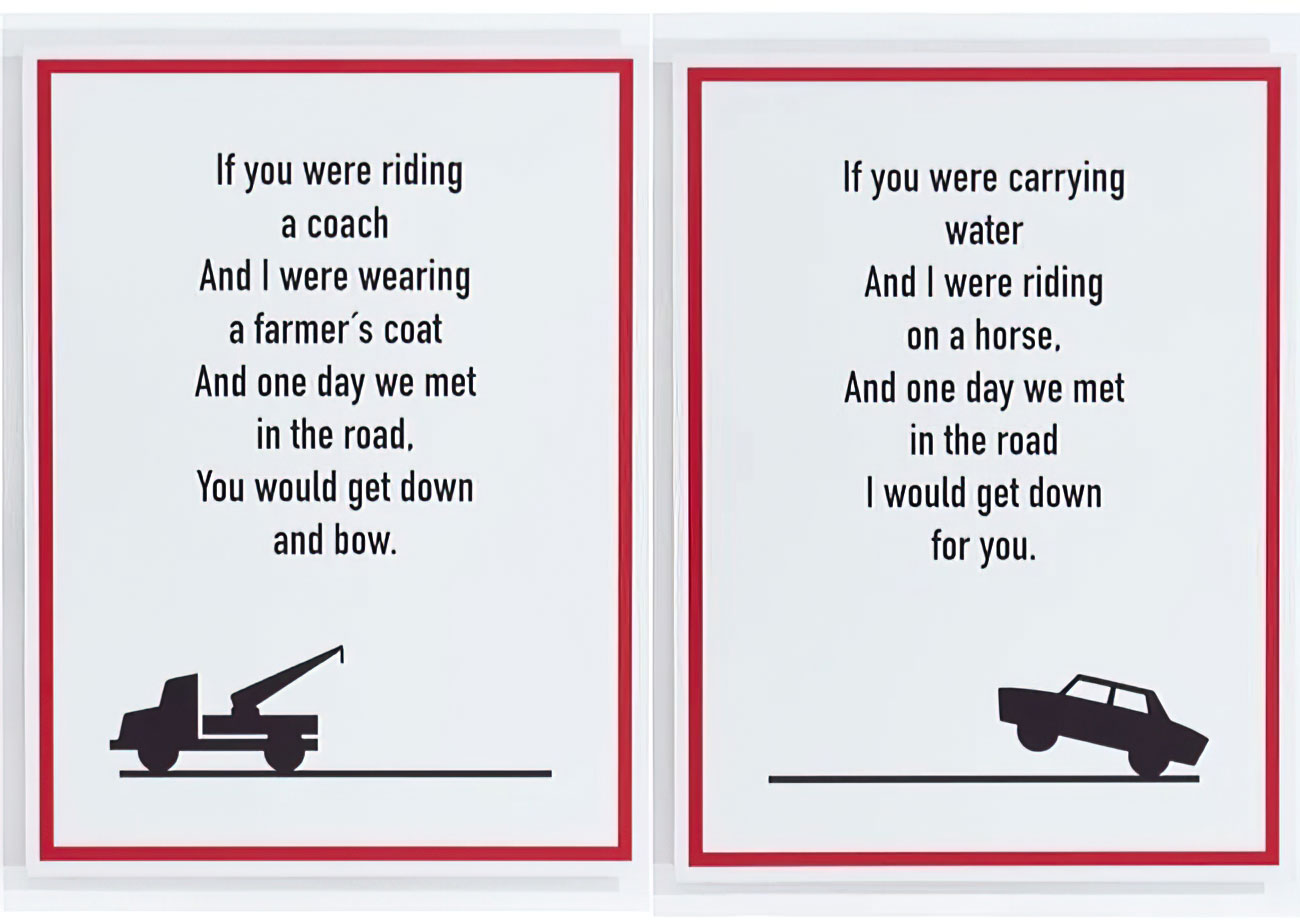PREVIEW: Andreas Slominski
 Similarly to Marcel Duchamp, Andreas Slominski integrates everyday objects into the context of art in order to visualise the process of artistic perception. While his works dating from the early 80s were the size of fairly small sculptures, in recent years they have grown into often voluminous installations. His work includes bicycles, windmills, found objects and materials taken from everyday life, showing components of his ironic universe along with a tribute to dadaist ideas.
Similarly to Marcel Duchamp, Andreas Slominski integrates everyday objects into the context of art in order to visualise the process of artistic perception. While his works dating from the early 80s were the size of fairly small sculptures, in recent years they have grown into often voluminous installations. His work includes bicycles, windmills, found objects and materials taken from everyday life, showing components of his ironic universe along with a tribute to dadaist ideas.
By Efi Michalarou
Photo: Kunstmuseum St.Gallen Archive

In an exhibition at the Kunstmuseum St. Gallen, Andreas Slominski presentSreliefs, paintings, and drawings, as well as several sculptures. A colorful liveliness emanates from the reliefs, while other works strive for clear elegance, and a third group of works is rough and uncouth. The works are made of polystyrene, which is meant to insulate and warm. The exhibition begins with sharp traps that Slominski invented for all kinds of art spaces. When touched, they are triggered. In their refinement and brutality they are fascinating bearers and interpreters of social mechanisms, while also conveying precise intellectual analyses and psychoanalytic shifts. Andreas Slominski’s works represent some of the most extraordinary contributions to German contemporary art. Since 1984, when he was struck by the sculptural quality of a vole trap, he has been known for complex variations on the animal trap as sculpture, as well as a variety of conceptual projects that probe ideas about art and its reception. During the early 1990s, he mainly created sculptures in smaller dimensions, while in more recent years he has shifted towards larger-scale installations. Since his beginnings, Slominski unfailingly sought a direct dialogue with the viewer, probing ideas about art and its reception. His so-called ‘traps’ are absurd-looking baits, inspired by the sculptural qualities he observed in a vole trap and positioned somewhere between sculpture and functional object. They can be interpreted as comments on the deceptive, as well as the seductive, effects of art. Slominski’s cunning traps only form one of many components in his ironic universe, which also includes bicycles, windmills, found objects and non-traditional materials. In the legacy of Marcel Duchamp’s readymades, he transforms these everyday objects through their inclusion in an art context, highlighting the ways in which perception and expectation condition how we see them. In 1991, he purportedly concealed a severed human hand in a wall of the Kabinett für Aktuelle Kunst in Bremerhaven, leaving only an empty white gallery. For a 1993 show at the Museum für Moderne Kunst, Frankfurt, the artist displayed a bicycle laden with bulging plastic bags against a gallery wall, as though a passerby had left it there. For his 1995 show at the Museum Haus Esters, Krefeld, he had a golfer hit a ball into the museum from a nearby building. At his extensive 1998 solo exhibition at the Kunsthalle Zürich, Slominski executed “Self-portrait with Sombrero” in which he drilled two holes high on a gallery wall and photographed himself wearing an altered sombrero (to fit the cramped space) by sticking his hand through one hole and his face in front of the other. In a solo show at the Fondazione Prada, Milan, he presented “Please Call Me” (2003), in which a hidden cell phone could be called and discovered by viewers. In 2006, Slominski made a radical shift in his aesthetic and process when he introduced the conventions of paint and classical relief into his body of work. However, his playful spirit was revealed by the replacement of fine marble with cheap polystyrene and of traditional historical or religious themes with saccharine, kitschy motifs and color schemes derived from Christmas holiday cards and tropical “Miranda Oranges”. In 2006, he introduced paint and classical reliefs into his practice and, in keeping with his satirical approach, the fine marble usually associated with these forms is replaced with cheap polystyrene, while traditional painterly subjects are exchanged for kitschy motifs and color schemes.
Photo: Andreas Slominski, Untitled, 2021, Courtesy der Künstler
Info: Curator: Roland Wäspe, Kunstmuseum St.Gallen, Museumstrasse 32, St.Gallen, Switzerland, Duration: 5/3-28/8/2022, Days & Hours: Tue & Thu-Sun 10;00-17:00, Wed 10:00-20:00, www.kunstmuseumsg.ch



